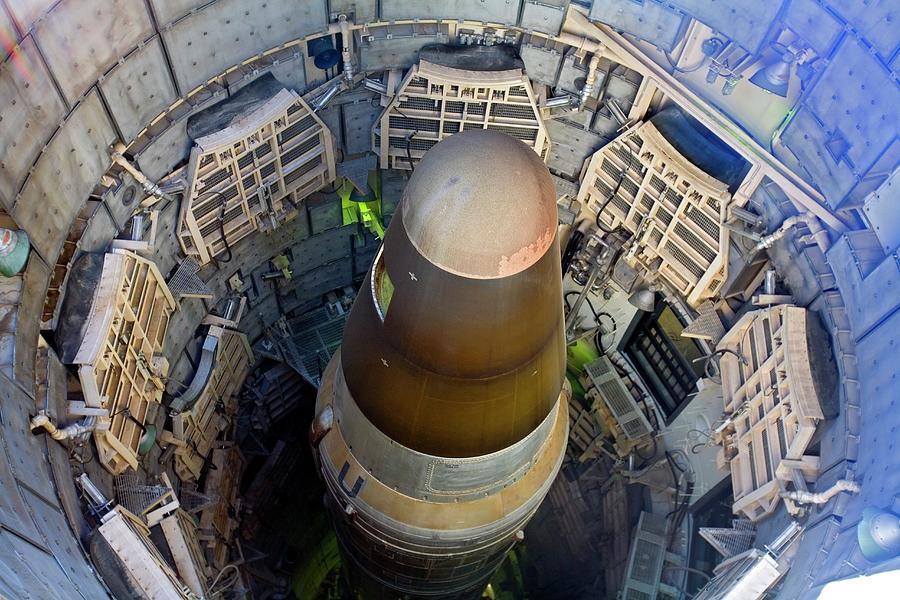

Crazy this was just 40 mins away from were I live.
MISSILE SILO FULL
"What and amazing experience! I dove an ultra top secret missile silo that is now abandoned and full of water. #1 in the NorthWest Dive News' Top 10 Dive Sites of Washington and Oregon.August 2011 Issue of Northwest Dive News.New Video by Darryl Jensen from Calgary, Alberta, Canada.Masks on, regulators in, vent air from your BC, and begin the decent into Cold War history. The water is clean groundwater, seeping in since the Air Force turned the pumps off in the early 60's. Looking over the edge, we can see the steel structure disappearing at the limits our flashlights. Now we are in the heart of the complex - standing on a platform extending out into the missile launch silo, mere inches from where the massive Titan I ICBM once stood at the ready. It has waited in the pitch black darkness for almost 50 years. The bottom of the shaft is 110 feet straight down! (another reason our BCs are inflated!) We are standing on the massive steel cribwork that lifted the 100 ft, 110 ton ICBM to the surface for launch. To the right a 24 inch wide plank leads across the now-empty elevator shaft that serviced the different levels of the cribwork. Judging by the doors, you'd never know you were about to enter a 160 foot tall chamber that housed a ballistic nuclear missile! Moving into the launch silo, we pass through a rather normal looking double-doorway. Fortunately the deck plates are in place here, giving us a smooth and even floor for final preparations. A kayak makes the trip with us to carry all loose items like fins and cameras.Īfter a couple of turns and tunnel junctions we reach the area where we do our final gear-up for the dive. Inflating BCs is a must on this walk, along with listening to the person in front of us as they call out obstacles. Water fills the tunnels to about waist level. Deck plates on the tunnel floors have been removed, leaving a network of large pipes, valves and occasional beams to walk on. The tunnels leading to the Launcher areas of the silo complex have been ravaged by salvagers in the 60's when the base was decomissioned and sold. Once everyone is geared up and checks are complete, the walk to the launch silos begins. Sevaral large benches line the walls of the room, allowing plenty of space to get your gear assembled. Most divers opt to wear their assembled scuba unit down the ladder, but they can be lowered by rope.Īt the base of the access tube is the "ready room". Extra bottles, lights, fins, masks and various cameras and miscellaneous gear are lowered down into the 'hole'. We set up gear on large wood decks by the entrance. This is the entrance to the Titan I complex. Driving down into this man-made canyon, we stop at a huge mangled 'tube' erupting from the depths. Next, a massive ravine, dug by a zealous farmer opens before us. As we drive through the middle of what looks like a steel scrapyard of rusting farm machinery and other derilect equipment, a massive concrete launch doors appears. We begin in the high desert plateau of Eastern Washington, overlooking the Columbia River.


 0 kommentar(er)
0 kommentar(er)
